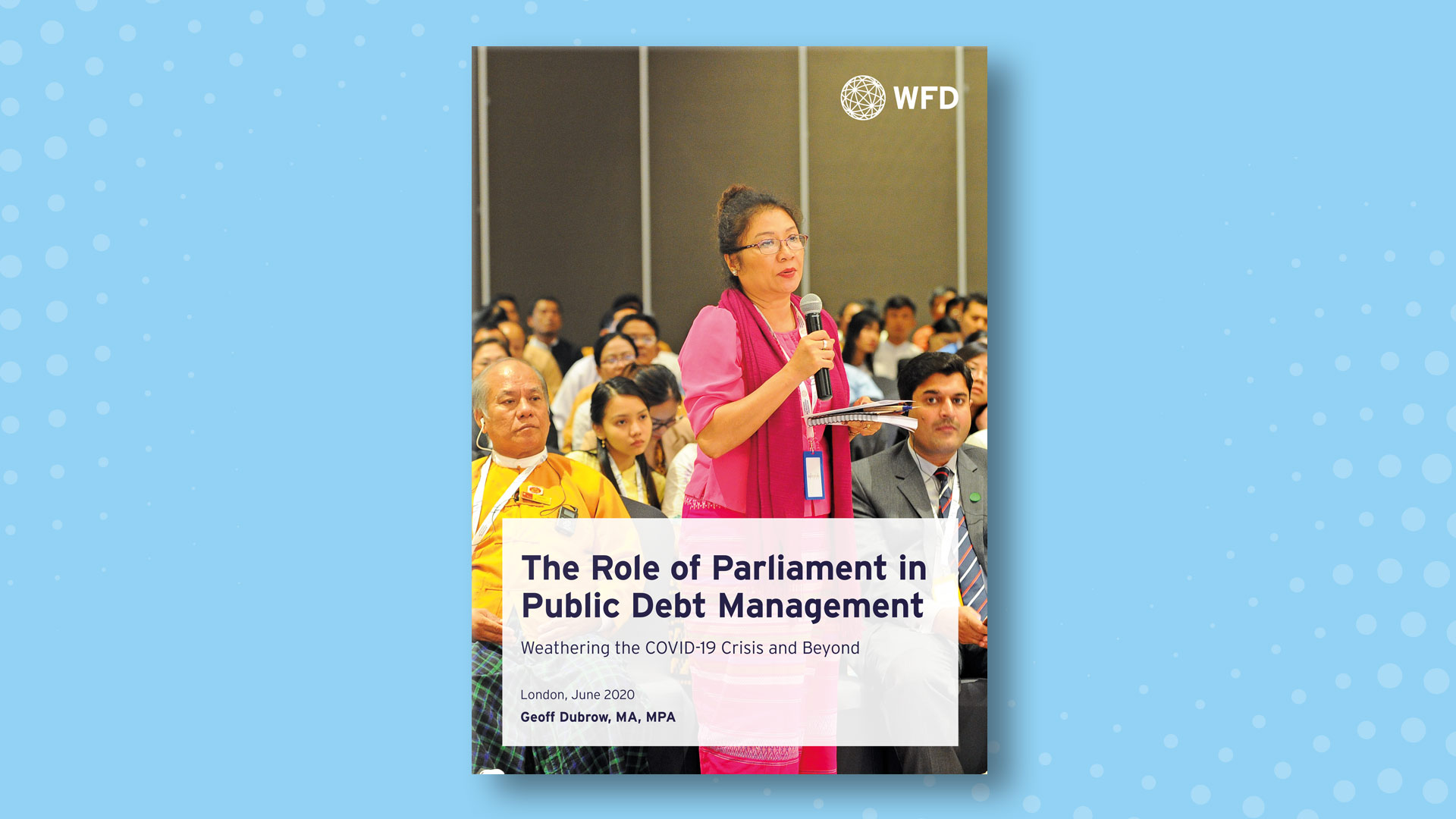
Geoff Dubrow
Risk of debt distress can be analogous to standing too close to the edge of a cliff. Forces beyond our control, such as natural disasters, global economic downturns or falls in commodity prices can push countries right over the edge into debt distress. Indeed, the global economic crisis resulting from COVID-19 has pushed some countries closer to the edge and others over the cliff. For example, Lebanon was propelled into debt default for the first time in its history, when it halted a Eurobond payment of $1.2 billion in early March. In mid-April, the United Nations Secretary General called for creditors to grant all developing countries a “debt standstill”.
According to the International Monetary Fund (IMF), as of March 2018, the share of countries at elevated risk of debt distress, or already unable to service their debt fully had almost doubled to 40 percent since 2013. As of November 2019, of the 73 countries that had completed a Debt Sustainability Analysis (DSA), nine were already in debt distress and another 25 countries were at high risk of debt distress.
This brief examines the multifaceted role of parliament in the oversight of public debt and debt management. This brief was commissioned prior to the COVID-19 outbreak, when concerns were already being raised about rising public debt levels in developing countries.
The world has seen debt crises before. Much of the global South was in debt crisis in the 1980s and 90s when global commodity prices started to fall and the size of foreign debt payments ballooned. The mid-1990s led to calls for debt cancellation, leading to the creation and improvement of debt relief schemes run by the IMF and the World Bank, known as the Heavily Indebted Poor Countries Initiative and the Multilateral Debt Relief Initiative.
While the nature of public debt has changed in many ways, many weaknesses in governance systems have remained similar. Often the result is that economies appearing to be healthy or at low risk of debt distress are propelled into crisis by debt that was not publicly known or recorded as a result of secret debt agreements, contingent liabilities or bailouts of State-Owned Enterprises (SOEs). It is clear is that there are significant risks associated with leaving governments to effectively manage public debt without proper oversight. Parliament needs to, among other things, set and modernize legal frameworks for debt management, properly examine and ratify loan agreements and oversee the riskiest generators of public debt—SOEs.
